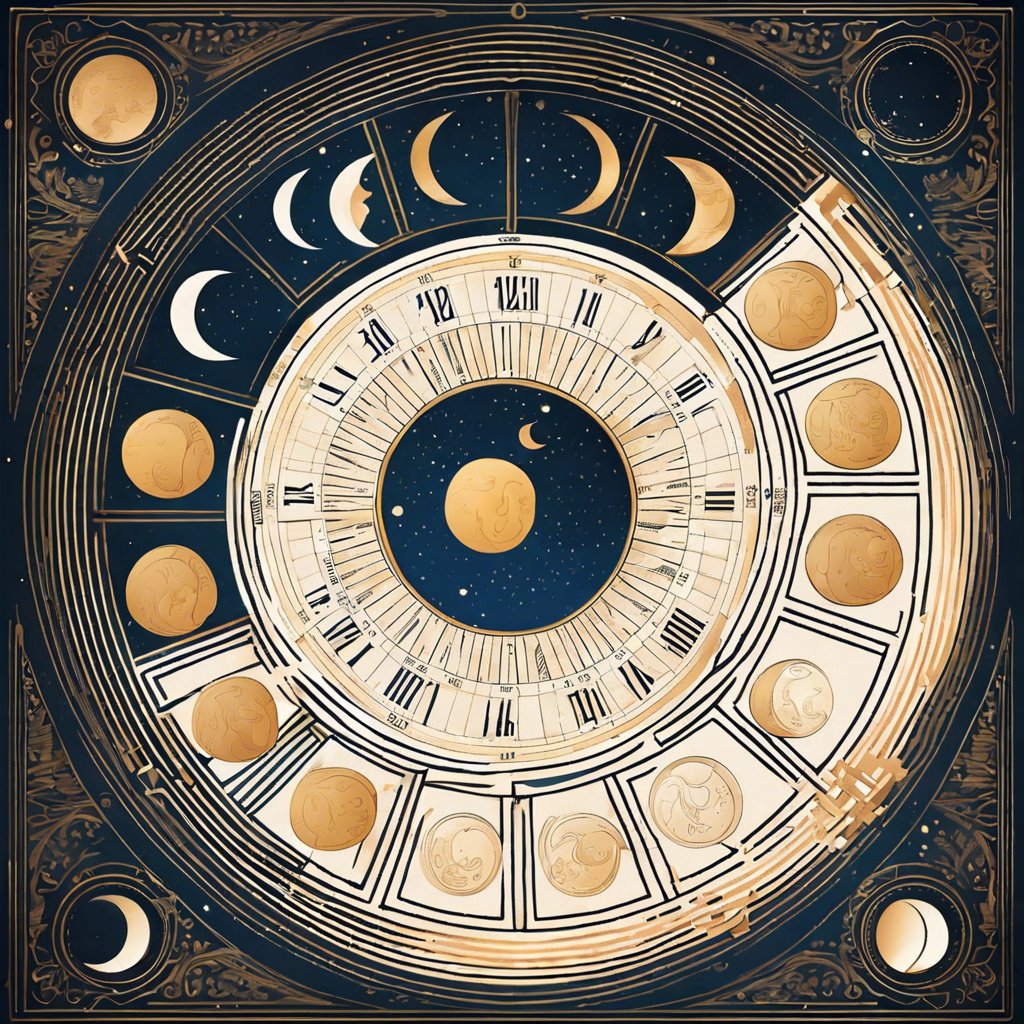The Antikythera mechanism, which demonstrated that the ancient Greeks followed the lunar calendar, was found off the coast of Kythira Island (Antikityera), Greece, in 1901. This mechanism is often referred to as the “world’s oldest computer” and is thought to have been built around 2,200 years ago.
The Antikythera mechanism was used to track the movements of the Sun, Moon and planets. Designed to track the lunar calendar, this device is the size of a shoebox and contains a piece called a “calendar ring”. However, since the mechanism is only partially preserved, it is not known exactly how many days it was tracked.
In a 2020 study, one of the broken rings of the Antikythera mechanism was examined using X-rays and suggested that it contained a total of 347 to 367 holes. However, these findings were not strongly supported and it was not determined whether the mechanism served as a calendar based on the movements of the Sun or the Moon. Solar calendars cover 365 days, while lunar calendars cover 354 days.
In an article published in the July issue of the scientific journal Horological Journal, it was concluded that the Antikythera mechanism followed the lunar calendar. This discovery is considered an important step in shedding light on the calendar function used in ancient times.
Scientists developed a statistical method to detect gravitational waves, which are used in events such as black hole mergers. Based on this precise method and the positions of the existing rings, they concluded that the Antikythera mechanism most likely contains 354-355 holes.
Based on these findings, researchers state that the mechanism followed the 354-day lunar calendar used by the Greeks at the time, not the 365-day solar calendar used by the Ancient Egyptians.
“It has given me a new appreciation for the Antikythera mechanism and the effort and care that Greek craftsmen must have put into making this magnificent tool,” says Joseph Bayley of the University of Glasgow, who co-authored the study.
Bayley emphasized that extremely accurate measuring techniques were required to precisely position the holes and great skill was required to open the rings, and previous studies had suggested that the lunar calendar was followed.
But according to Bayley, the new study greatly strengthens that possibility.
















